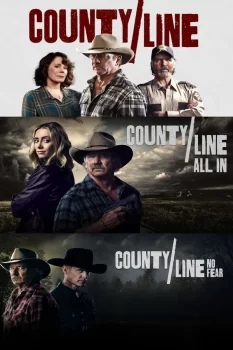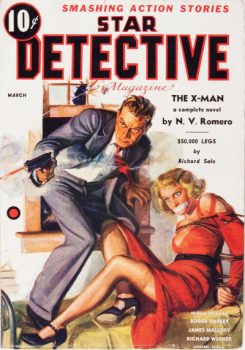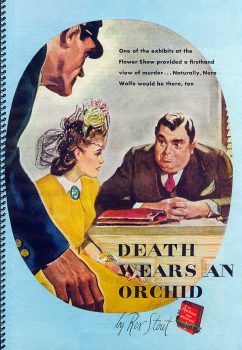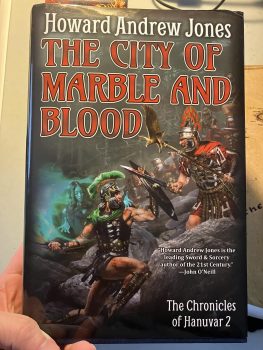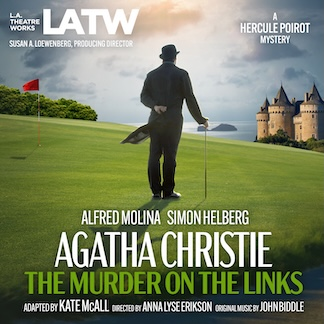What I’ve Been Listening To: June, 2025
I continue to listen to audiobooks daily. I frequently drift off to sleep with a fifteen minute timer on. The BBC radio plays of the two Dirk Gently novels are regular late night listens. So is the terrific Marx Brothers homage, Flywheel, Shyster, and Flywheel. It was originally done by the Marxes themselves. BBC radio made a new version in 1990 and I frigging LOVE it.
Since I often have an audiobook on while I’m doing other things, I re-listen to things; or listen to books I’ve already read. It works great for me. I get some through my library app, but I mostly use Audible.
Here are some recent listens.
LEE GOLDBERG’S EVE RONIN
In the most recent What I’ve Been Listening To, I talked about Goldberg’s ‘buddy cop’ series featuring Sharpe & Walker. They are arson investigators in LA, and book one was pretty good. I just got the audiobook for number two, and I’m thrilled it crosses over with Lee’s Eve Ronin series. Even more thrilled that Nicol Zanzarella is doing Eve again – she’s terrific!!
The books are part of Kindle Unlimited, and number six is coming out later this year. I re-listened to all five in less than a week. Eve and her partner Duncan are a terrific buddy cop pair. Eve rose to fame when she was off duty and subdued a drunken action movie star who was smacking around his girlfriend in a parking lot. The video went viral on the Net and she parlayed it into a big promotion.

